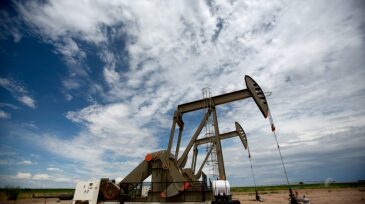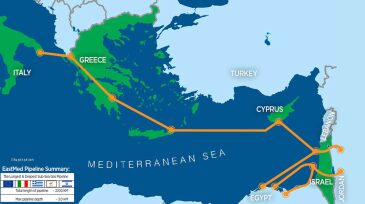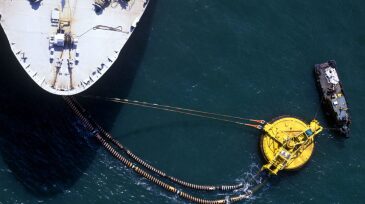Management
GeoMap Europe is the latest in a series of interactive global geothermal maps that combine large subsurface and surface data sets to highlight where geothermal resources and development opportunities are strongest for power, heat, cooling, and storage.
The North Sea Transition Authority’s survey highlights shifting innovation and deployment priorities across 46 operators, offering a basinwide snapshot of technologies driving efficiency gains, strengthening asset integrity, and accelerating progress toward net-zero performance in the UK North Sea.
The contract will cover the design and manufacturing of tree systems, flexible flowlines, a manifold, and controls, as well as installation of the subsea production system.
-
JPT asked several active SPE members about the appeal of petroleum engineering, the significance of the work they do, and what the future may hold. Here are some of their answers.
-
Short of choosing a life partner, deciding on a profession may be the most important decision any of us ever makes.
-
Digitalization leads oil and gas research and development investment priorities, according to DNV’s 2019 annual outlook.
-
The discovery is world’s third-largest natural gas discovery in the past 2 years.
-
The technical challenges imposed by tight well spacing and fracture interactions have become a focal point of recent earnings calls between investors and the leaders of several shale producers. The picture of the future is becoming clearer, and there are fewer oil wells in it.
-
BP Trinidad and Tobago began first gas production from its Angelin development on 26 February.
-
Jobs with repetitive activities may decrease, while new types of onshore jobs are being created.
-
A Florida appeals court has approved exploratory oil drilling in the Everglades, prompting worries about Miami’s water supply and risks to the wetland ecosystem.
-
The second round will offer 19 offshore blocks clustered in five zones to continue natural gas development in the eastern Mediterranean’s Levant Basin.
-
The new bottleneck for Texas’ crude production is not onshore—it is offshore. Shallow ports have kept big tankers from taking away the state’s expanding supply which has attracted a slew of proposed export projects.













